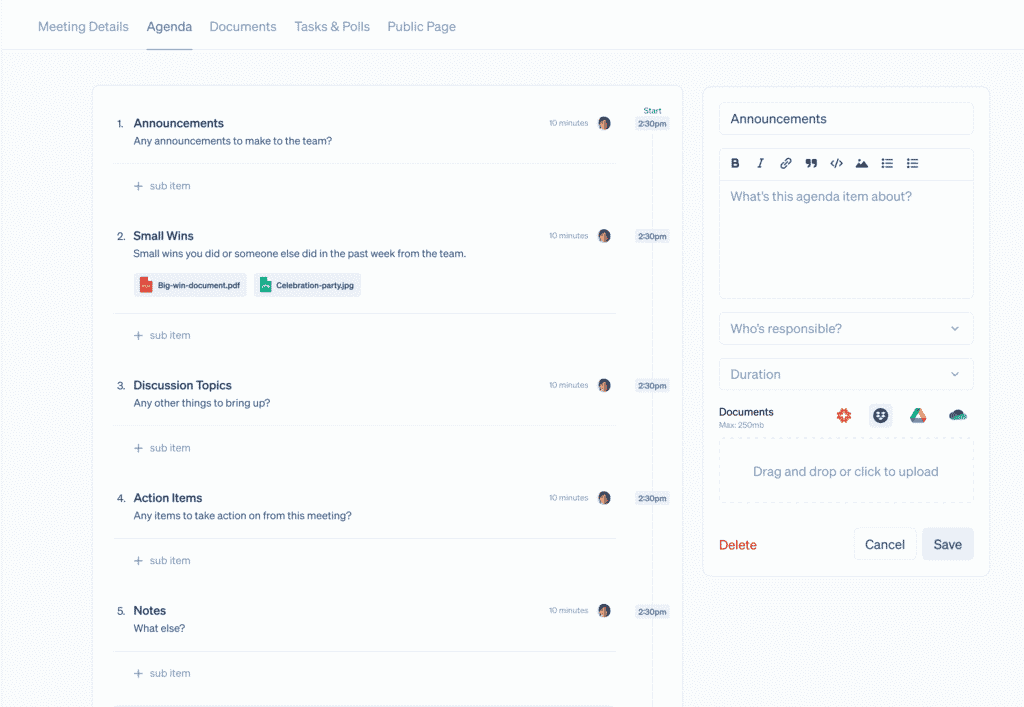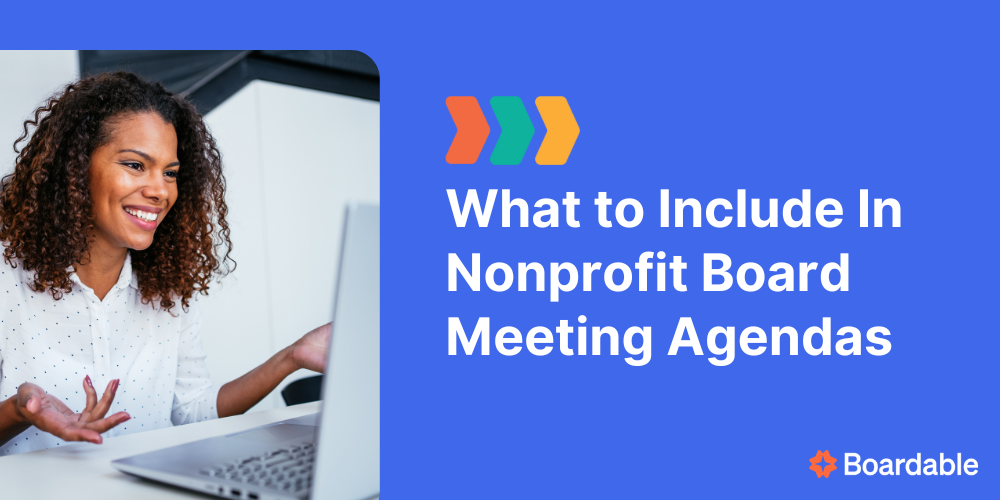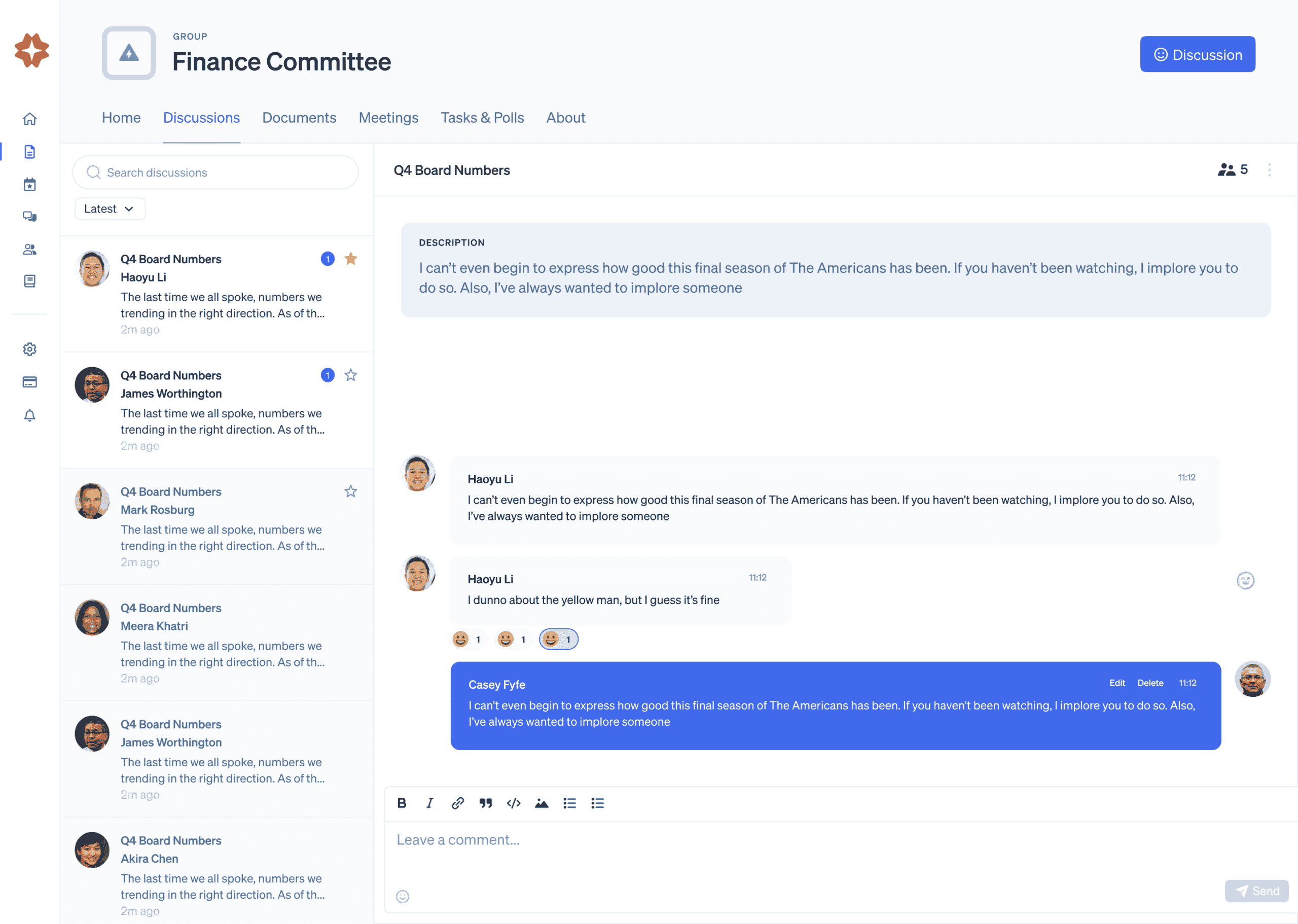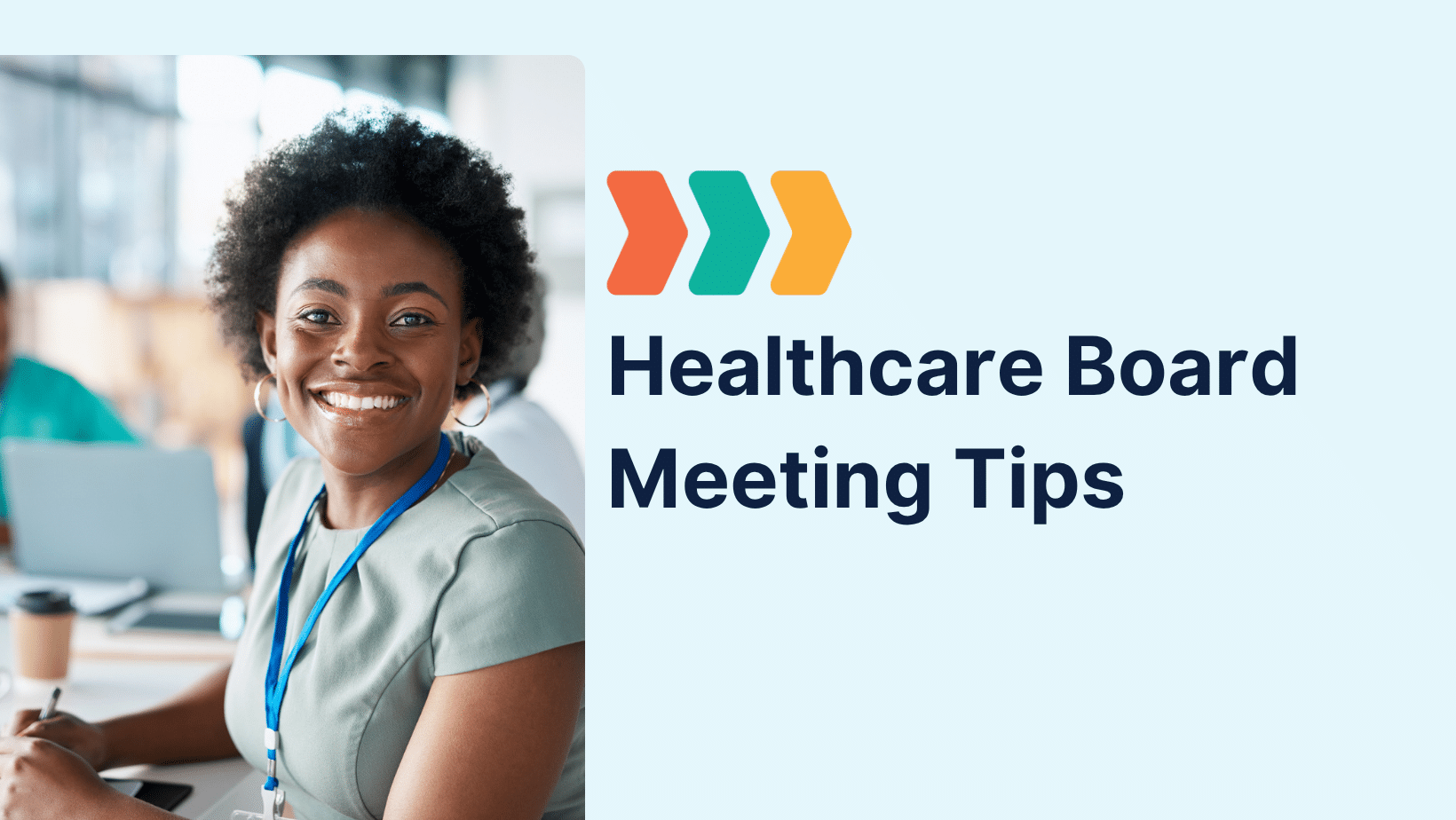An effective agenda is a crucial component of a successful nonprofit board meeting. A well-crafted board agenda not only helps ensure that the meeting stays on track but also encourages participation from all board members, leading to more productive discussions and decision-making. In this blog post, we’ll explore what to include in an agenda for nonprofit board meetings.
- Call to Order and Approval of Minutes: Start the meeting with a call to order and a review and approval of the board minutes from the previous meeting. This provides an opportunity for board members to reflect on the progress made since the last meeting and ensures that everyone is on the same page.
- Reports from Officers and Committees: Include time on the agenda for reports from officers and committees. This provides an opportunity for the board members to receive updates on the organization’s finances, operations, and other important areas. It is essential to ensure that each committee is represented and given an opportunity to report.
- Unfinished Business: This section of the agenda should cover any unfinished business from the previous meeting that requires further discussion or action. It helps keep the board members focused on the most important issues that require attention.
- New Business: Include a section for new business where board members can introduce new ideas and topics for discussion. This section ensures that new topics or issues that may have arisen since the previous meeting are addressed and discussed.
- Action Items: Include a section on the agenda for action items that require approval or action by the board. This section provides clarity on the decisions and actions made during the meeting and what needs to be done following the meeting.
- Other Business: This section can be used to address any other issues or concerns that board members may have. Providing space for ‘other business’ ensures that all board members have an opportunity to raise any concerns or suggestions they may have.
- Adjournment: End the meeting with a formal adjournment. This section of the agenda helps ensure that all important items have been addressed and that the meeting concludes on time.
How to Create Board Meeting Agendas Within Boardable
After you create a meeting in the Meetings Center, start building out your agenda. You can either start from scratch to bring your own vision to life or get a head start with a customizable default board meeting agenda template.

As you add items to your board meeting agenda, you can easily:
- Assign them to a specific board member
- Designate a time duration
- Add an insightful description
- Attach relevant documents
After saving your agenda, you can view it and make any final updates. Then, share it with attendees as an interactive PDF. Boardable will automatically pull in your logo and meeting details. Once you create an outline that you’re happy with, save it as a board meeting agenda template to use again in the future. You’ll thank yourself later as meeting prep gets easier with each meeting.
An effective agenda is a critical tool for a productive nonprofit board meeting. By including the necessary sections outlined above, nonprofit organizations can ensure that their board meetings are well-structured, focused, and productive. Be sure to prioritize the most important issues facing your organization and allocate time accordingly. With a well-crafted agenda, nonprofit board meetings can be more efficient, leading to better decision-making and a more significant impact on the community you serve.




